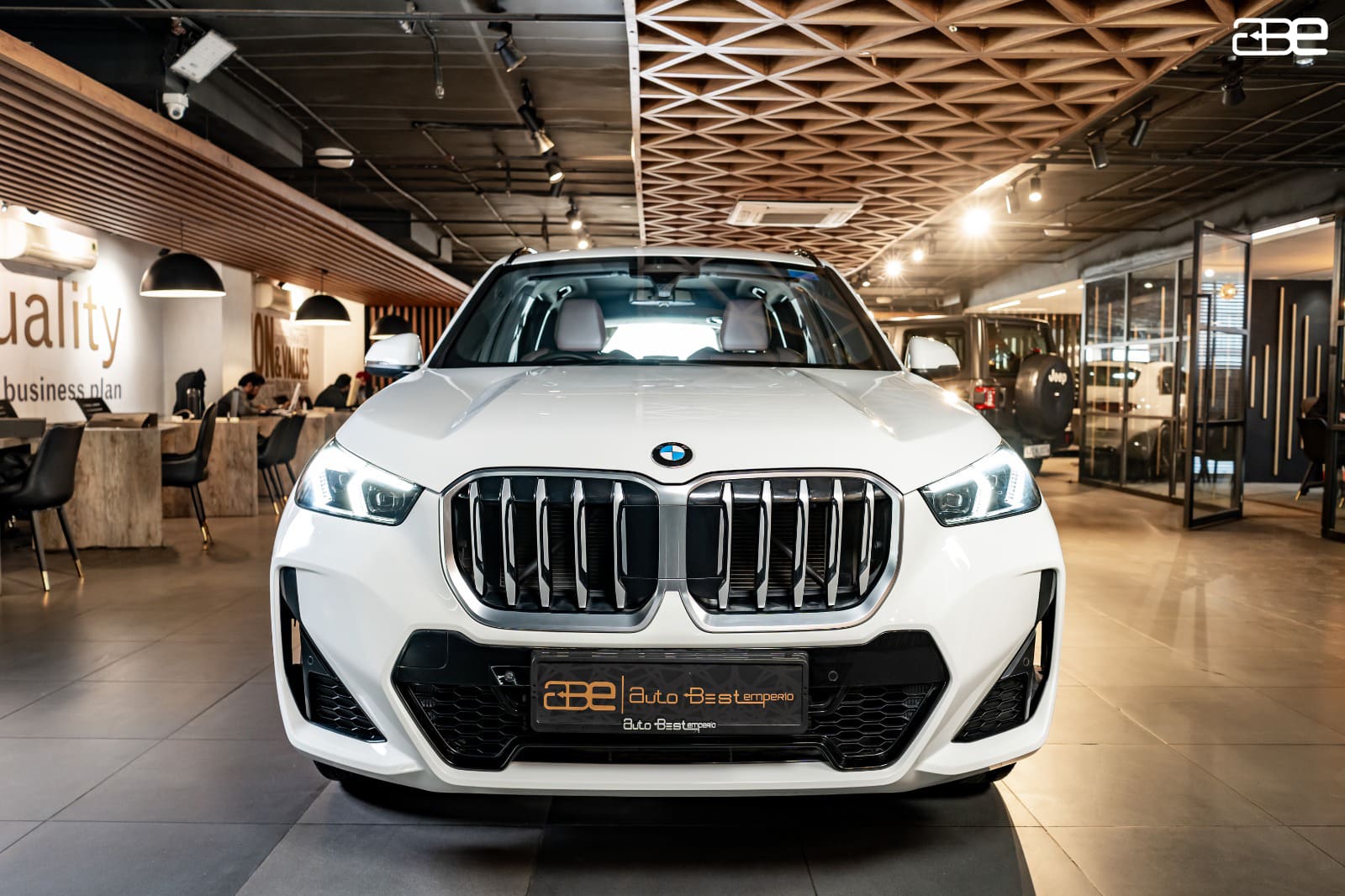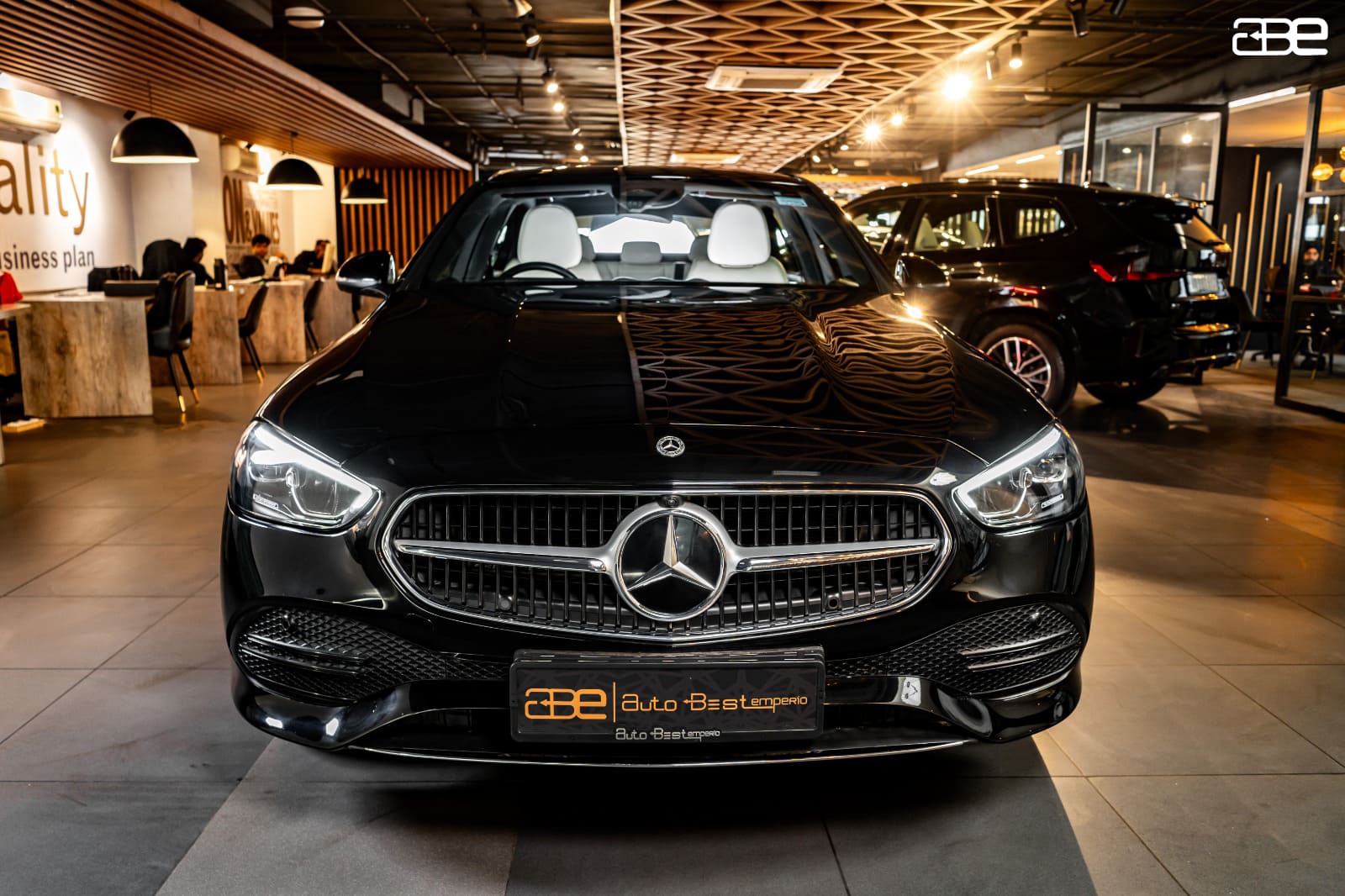How do LED running lights work and what are they used for?

You may have noticed that the lights in newer automobiles are typically turned on when driving. Do you know why is it so?
These are the automobile LED daytime running lights, always illuminated when the engine is turned on. Except for the VOLVO cars seen years ago, this new technology has lately been introduced into vehicles to avoid accidents and mishaps on the road.
Essentially, LED DRLs are bright yet low-powered lights function when the engine or vehicle is turned on. Its aim is simple: to notify other people on the road, such as cyclists, pedestrians, or other cars in the lane, aware of your presence, especially in lowlight conditions. DRL was designed and popularised for days when daylight is dim and for short periods since they do not emphasize the road ahead but alert other drivers aware of your car on the road via the dull light. However, in a bit of time, this technology has grown in popularity worldwide in a bit of time. It has even been made a legal requirement in a few nations as a mandatory piece of equipment to be installed in a car.
Why do new cars come with running lights?
After grasping the notion of daylight running light cars, you may be curious as to why they exist in addition to the headlights that already existed in the vehicle. Having the DRL in the car was not only a revolutionary innovation, but it was also a legal requirement because it was capable of minimizing major injuries or road fatalities during the day, especially in northern countries. Northern countries with low light circumstances, such as Sweden, Canada, Norway, or Iceland, were the first to use DRL. At the time, the DRL had a powerful, brilliant light that worked in the opposite direction in countries with enough lighting. In addition, they were so bright that they obstructed the driver's eyesight from approaching from the front.
DRL was put at a higher height in big carving directly into the driver's eyes from the opposite side. These were the only potential impediments to the running lights. However, any negative impact on the environment, such as increased fuel consumption, carbon dioxide emissions, and global warming, came with LEDs. Do not use the headlights in low visibility or lowlight conditions. DRL will aid, but only headlights will help in extreme conditions.
How do daylight driving lights work?
The recently released vehicles with LED running lights installed have an automatic system. They are activated as soon as the engine is started, without a driver being present in the car. However, their operation is dependent on their various businesses and models, but in low power mode, they all operate in the same manner.
Some automobile brands' DRLs work when the car is in any gear except 'neutral .' The DRLs will turn off in that technology when the headlights are turned on. This is the only distinguishing element of the DRL light for cars, dependent on the brand. Still, it will undoubtedly be there because LED bulbs are more common among automakers now than anything, with more improvements recently to make each brand seem distinctive.
But what if you do not need the LED running lights in your car? Don't worry about that, as you have the option to disable them if you do not feel it is needed in your vehicle.
For how long do the LED Lights last?
If you believe that the LED running lights will lose their battery before the car's life expires, you are mistaken. Even if you use the LED lights frequently, they have a service life of roughly 10000 hours, which is nearly equivalent to the complete life of the car. Furthermore, if it stops working due to a problem, it can be repaired straight from a car service center or your local technician, which is a rare occurrence. ABE is the best place to get your car service. LED running lights are very common in premium cars in India, such as Audi, Mercedes, and BMW. In addition, companies such as Hyundai, Honda, and Skoda are now introducing this technology in their forthcoming vehicles for improved design and safety of their customers.

 By Admin
By Admin









